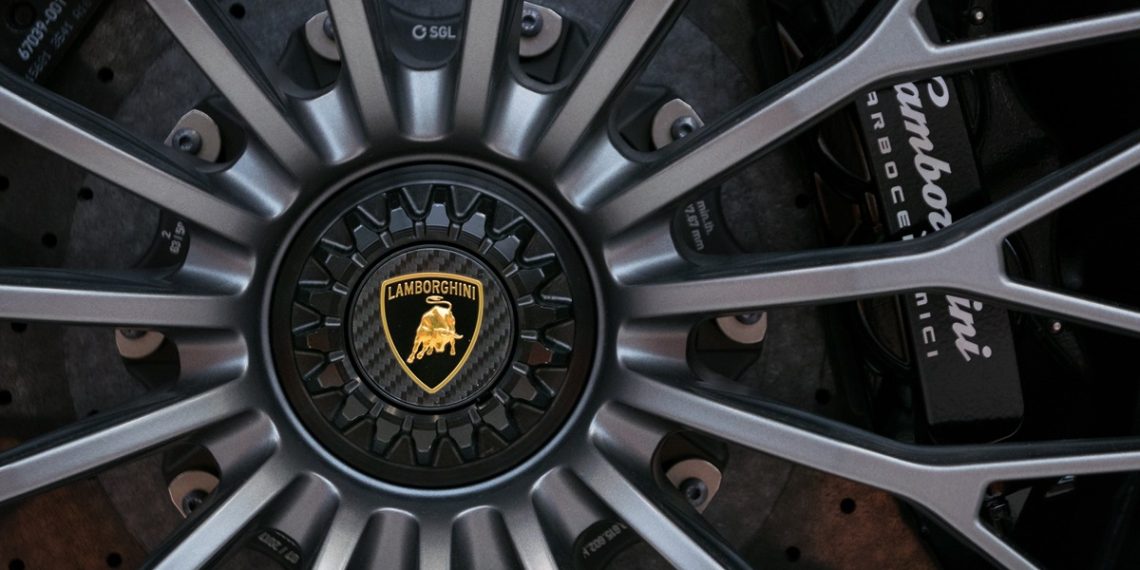Researchers at the Massachusetts Institute of Technology (MIT) have designed a new cobalt and nickel free lithium-ion battery, formed from organic, earth-abundant elements, potentially offering a more sustainable way to power electric vehicles (EVs).
The paper, published in the journal ACS Central Science, explains that the battery is constructed from a new material, TAQ (bis-tetraaminobenzoquinone), that could be produced at a lower cost than cobalt, but conducts electricity at a similar rate. The research also found the new battery to have comparable storage capacity and a faster charging speed than cobalt batteries.
“Cobalt batteries can store a lot of energy, and they have all of the features that people care about in terms of performance, but they have the issue of not being widely available, and the cost fluctuates broadly with commodity prices,” said head researcher Mircea Dincă in a statement. “And, as you transition to a much higher proportion of electrified vehicles in the consumer market, it’s certainly going to get more expensive.”
Dincă’s team, funded by Lamborghini, began working to develop an organic battery around six years ago. While working on various porous materials, the team discovered an entirely organic material which had promising conductive properties.
Until now, organic cathodes have not challenged inorganic cathodes due to poor conductivity, low practical storage capacity, and poor cyclability.
The novel material consists of many layers of TAQ, an organic small molecule that contains three fused hexagonal rings. Within the molecules are chemical groups called quinones, which are the electron reservoirs, and amines, which help the material form strong hydrogen bonds.
These hydrogen bonds are responsible for the stability and insolubility of the material. Insolubility is important because it prevents the material from dissolving into the battery electrolyte— as some organic battery materials do – thus extending its lifetime.
A key reason for the degradation of organic materials is that they dissolve into the battery electrolyte and cross over to the other side, creating a shorter circuit. However, if the material is insoluble, this process is avoided, achieving over “2,000 cycles with minimal degradation.” according to Dincă.
The primary resources for this type of cathode—the quinone precursor and amine precursor—are already commercially available and produced in large quantities, and the cost of assembling them is expected to be approximately one-third to one-half the cost of cobalt batteries. Lamborghini has also now licenced the patent on the technology.
Dincă and colleagues plan to continue developing alternative battery materials and are exploring the possible replacement of lithium with sodium or magnesium, which are cheaper and more abundant than lithium.












